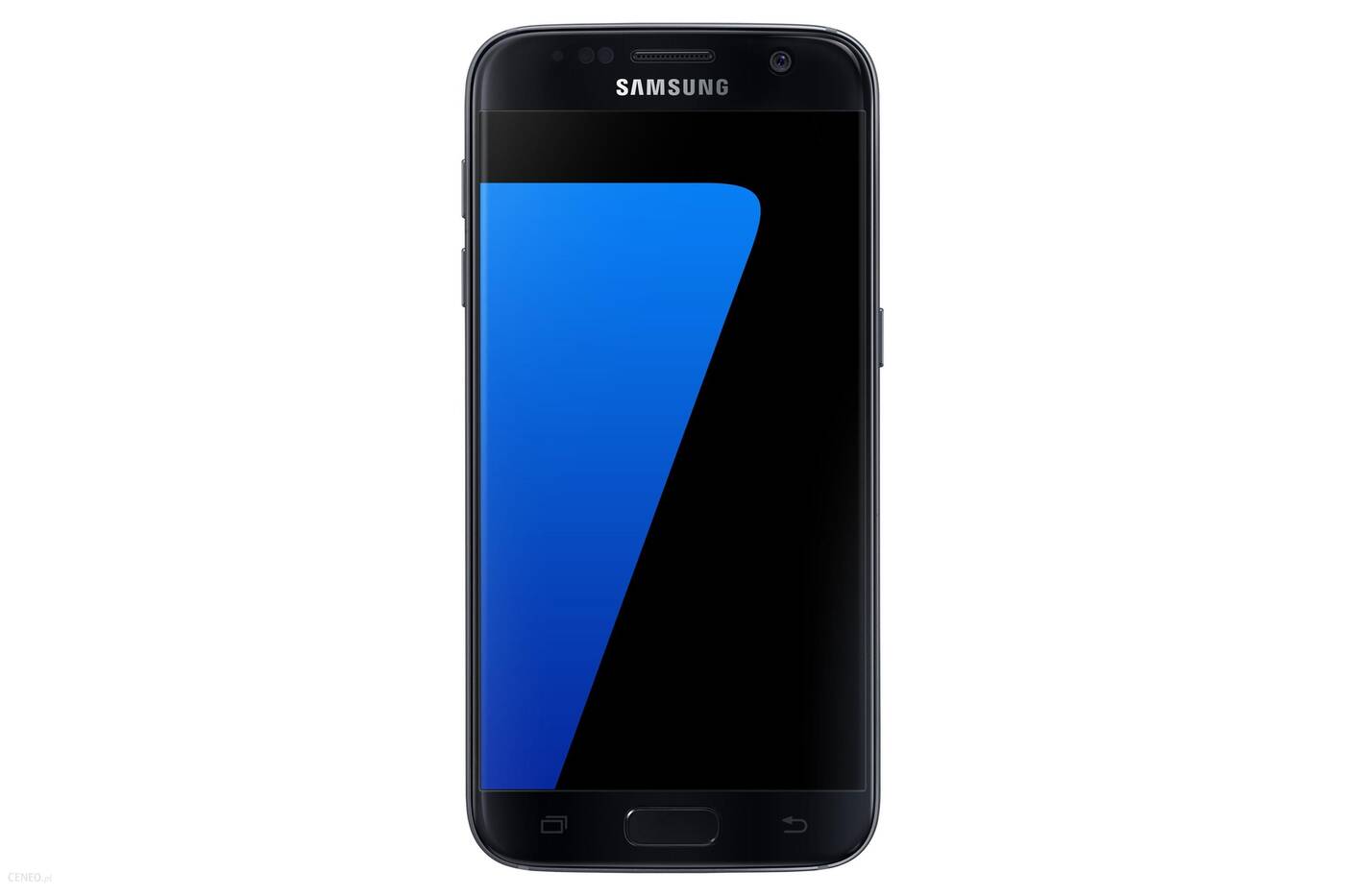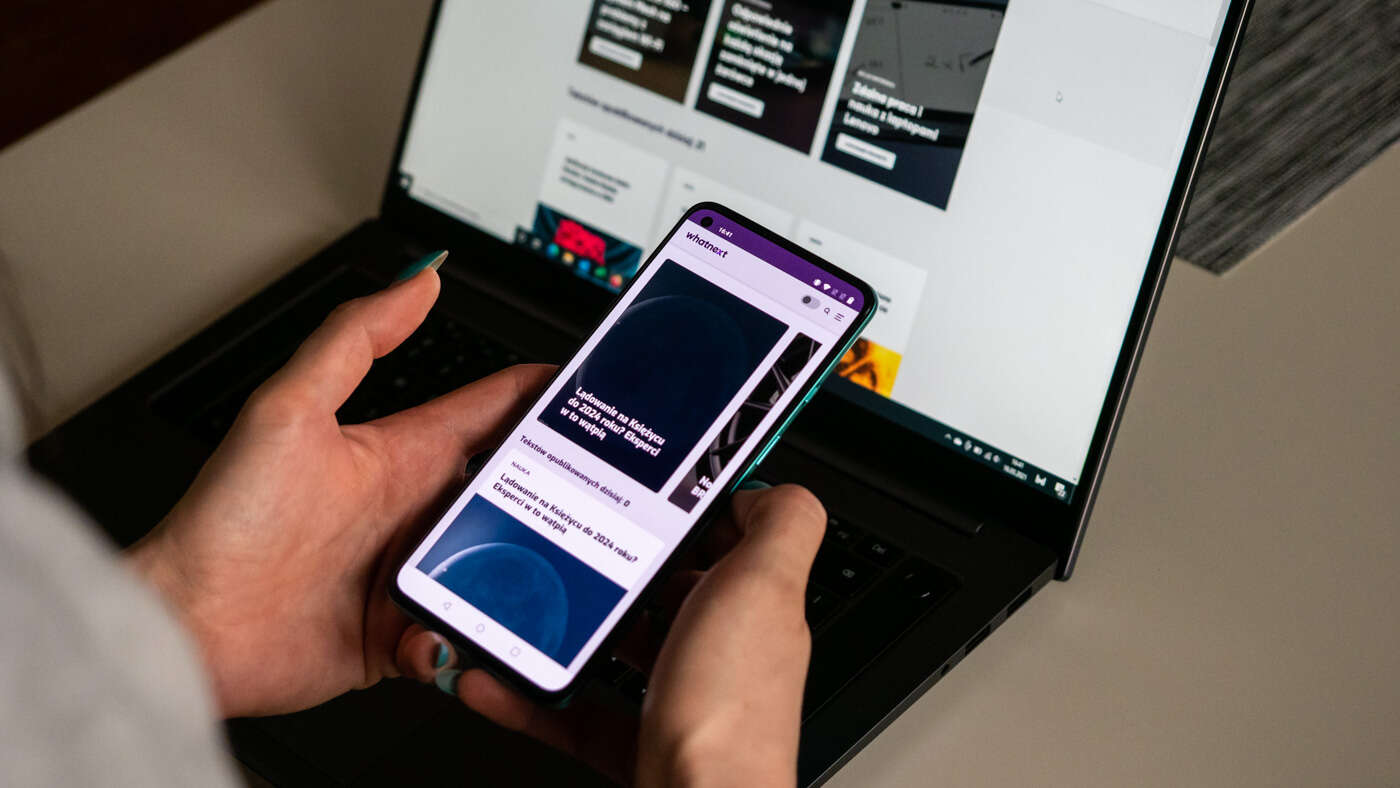Smartfony z Androidem dzielą się na dwa rodzaje – te, które otrzymują aktualizacje bezpieczeństwa co miesiąc i te, które otrzymują je co trzy miesiące. Niektóre starsze konstrukcje także zakończyły też otrzymywanie jakichkolwiek aktualizacji. Nie dotyczy to jednak serii Galaxy S7.
Są to modele trzyletnie, ale ciągle są one wspierane przez Samsunga. Do tej pory smartfony otrzymywały co miesiąc aktualizacje dotyczące bezpieczeństwa. Teraz ulega to zmianie i firma przechodzi na tryb kwartalny. Jest to takie same tempo co ma miejsce w przypadku świeżo wydanego Galaxy A70.
Czytaj też: Meizu 16s pojawił się na Geekbench
Pełną listę urządzeń, które otrzymują aktualizacje w danym tempie znajdziecie poniżej.
Aktualizacje co miesiąc:
Galaxy S7 Active, Galaxy S8, Galaxy S8+, Galaxy S8 Active, Galaxy S9, Galaxy S9+, Galaxy S10, Galaxy S10+, Galaxy S10e
Galaxy Note 8, Galaxy Note 9
Galaxy A5 (2017), Galaxy A8 (2018)
Aktualizacje co kwartał:
Galaxy S7, Galaxy S7 Edge, Galaxy S8 Lite, Galaxy Note FE
Galaxy A5 (2016), Galaxy A6, Galaxy A6+, Galaxy A7 (2018)
Galaxy A8+ (2018), Galaxy A8 Star, Galaxy A8s, Galaxy A9 (2018)
Galaxy A2 Core, Galaxy A10, Galaxy A20, Galaxy A30, Galaxy A40, Galaxy A50, Galaxy A70
Galaxy J2 (2018), Galaxy J2 Core, Galaxy J3 (2017), Galaxy J3 Top
Galaxy J4, Galaxy J4+, Galaxy J4 Core, Galaxy J5 (2017), Galaxy J6, Galaxy J6+
Galaxy J7 (2017), Galaxy J7 Duo, Galaxy J7 Max, Galaxy J7 Neo, Galaxy J7 Pop, Galaxy J7 Top, Galaxy J7 Prime2, Galaxy J7+, Galaxy J8
Galaxy M10, Galaxy M20, Galaxy M30
Galaxy Tab A (2017), Galaxy Tab A 10.5, Galaxy Tab A 10.1 (2019), Galaxy Tab A Plus 8 (2019), Galaxy Tab Active2, Galaxy Tab S4 10.5, Galaxy S5e 10.5, Galaxy Tab E 8 Refresh, Galaxy View 2
Inny harmonogram:
Galaxy A3 (2016), Galaxy A3 (2017), Galaxy A7 (2017)
Galaxy J3 Pop, Galaxy J5 (2016), Galaxy J5 Prime, Galaxy J7 (2016), Galaxy J7 Prime
Galaxy Tab A 10.1 (2016), Galaxy Tab S2 L Refresh, Galaxy Tab S2 S Refresh, Galaxy Tab S3 9.7
Czytaj też: Druga aktualizacja Galaxy S8 w ciągu dwóch tygodni
Źródło: Gsamrena


